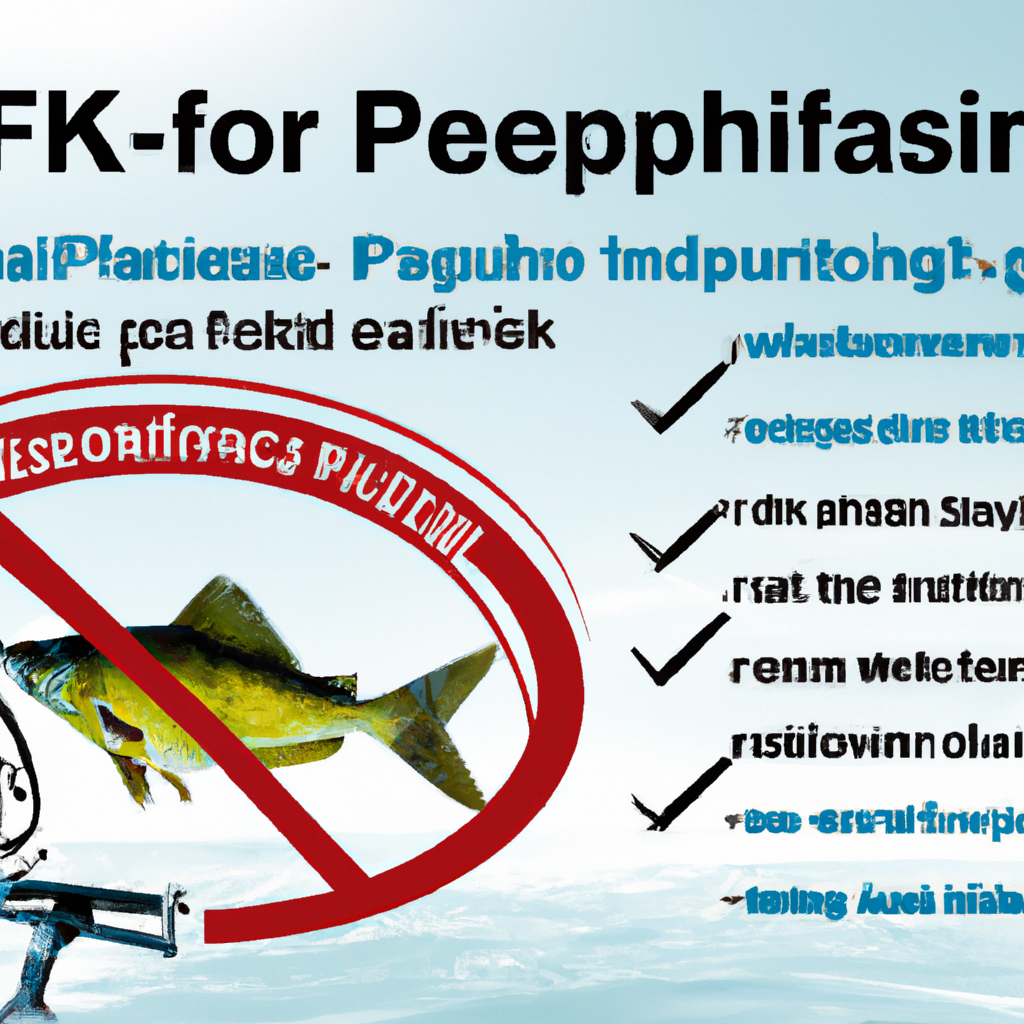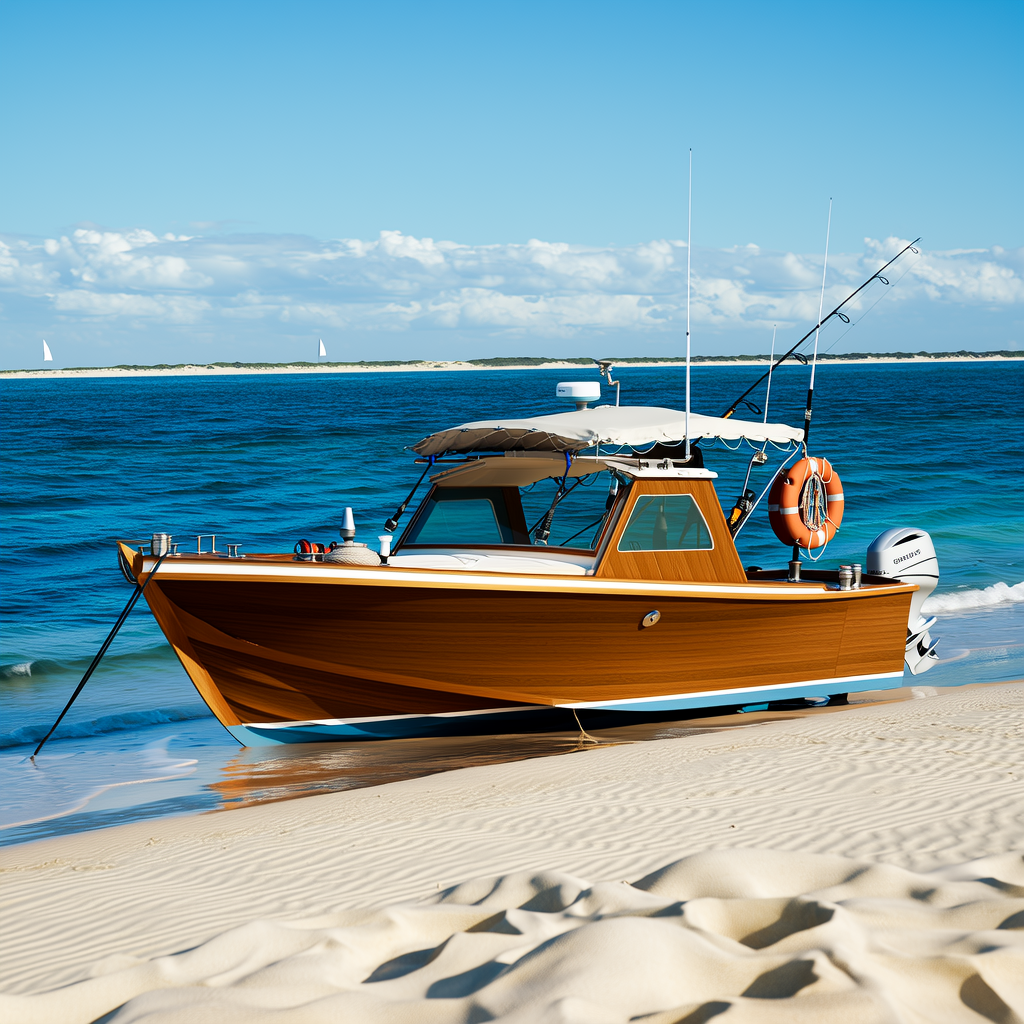Fishing has become a popular recreational activity. This has led to a greater need for conservation and management. Fish regulations are rules that authorities have put in place to ensure sustainable fish stock use and the health of aquatic ecosystems. This comprehensive guide will provide a detailed look at fish regulations. It will explain why they are necessary and the various types of regulations. We’ll also show you how they are enforced.
Why do we need fish regulations?
Fish populations are a finite resource that can quickly become depleted if they are not managed well. Fish stocks can be affected by overfishing, habitat destruction, and destructive fishing practices. These regulations help to protect the fish stocks and ensure long-term sustainability. Regulations also help to preserve the health and well-being of aquatic ecosystems. This in turn helps to support the health of wildlife and the local community.
Types of regulations for fish
Bag and Size Limits
Size and bag limits are two common types of fish regulation. They regulate the legal size and number of fish an angler can legally catch and keep. Bag limits are the maximum number of fish an angler can catch per day. Size limits are the minimum or maximum length and weight of a fish that can legally be kept. These regulations are intended to prevent overfishing and ensure that fish stocks have the chance to reproduce and replenish.
Seasonal Closures
Seasonal closures are regulations that prohibit fishing from certain areas at specific times of the year. These closures are often placed during the spawning season to protect fish actively reproducing. This protects the population’s ability to reproduce and ensures future health.
Equipment Restrictions
Equipment restrictions are rules that restrict the types of gear that can be used for catching fish. This could include limits on the number and size of hooks, the types of lures and baits, as well as the type and type of fishing line. These regulations are in place to stop destructive fishing practices that can have a detrimental effect on fish populations and the surrounding environment.
Protected Species
To protect endangered and threatened fish, there are protected species regulations. These regulations may include fishing restrictions, habitat protections, and other conservation measures. Protected species regulations are usually put in place to encourage the conservation and recovery endangered or threatened species.
Enforcement of Fish Regulations
Depending on the type and location of the regulation, different authorities enforce fish regulations. Enforcement is generally carried out by local and state agencies, as well as federal agencies, who have the power to issue fines and seize equipment and bring legal action against anyone who violates regulations. To avoid any legal problems or penalties, anglers must be responsible for understanding and following the fishing regulations in their area.
Conclusion
Fish regulations are essential for managing fish populations and maintaining healthy ecosystems. Anglers can help ensure that fish populations are sustainable and available for future generations by following regulations. It is everyone’s responsibility to understand and follow fish regulations. Our natural resources are vitally important for future generations. We can enjoy this outdoor activity while protecting our natural resources by following these guidelines.




